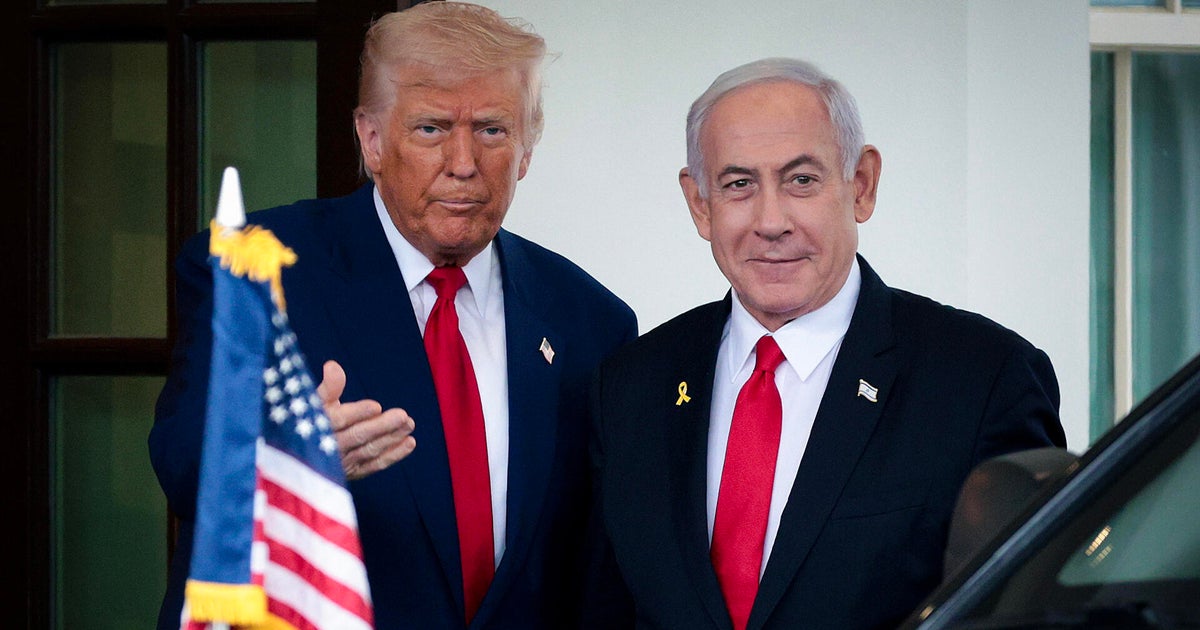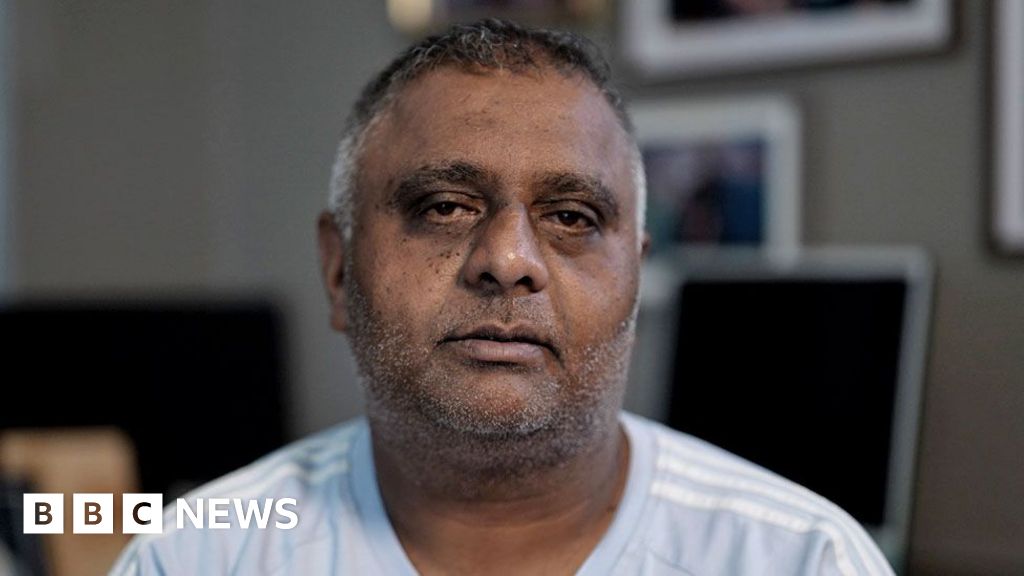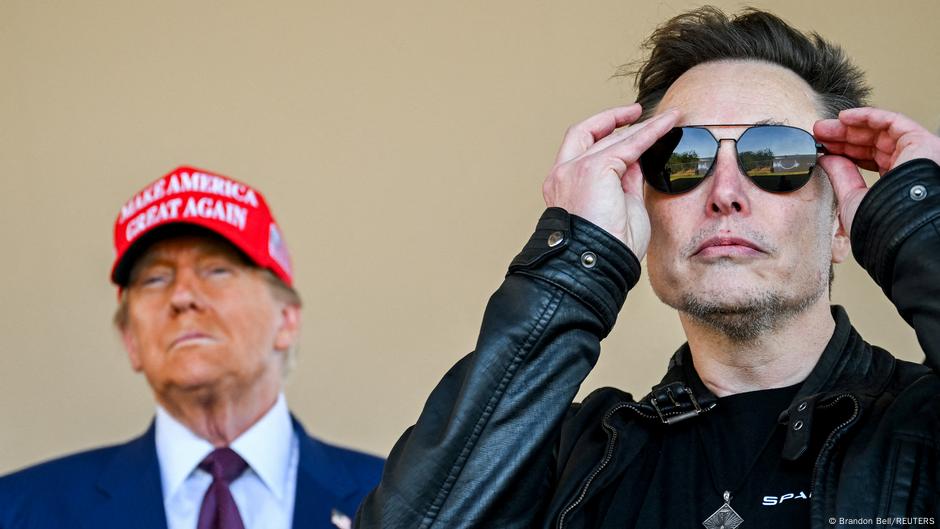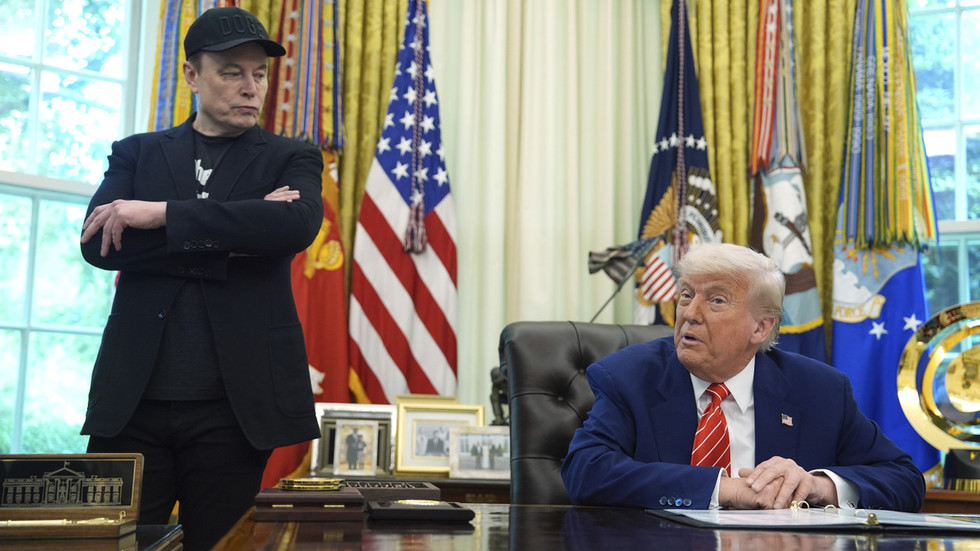A proposal for a badly needed ceasefire in Gaza will be top of the agenda during a key visit between Israeli Prime Minister Benjamin Netanyahu and US President Donald Trump this week.
After months of deadlock and a soaring death toll in Gaza, a potential breakthrough appeared when Trump announced a proposal for a 60-day truce, which he said could pave the way for discussions to end the 21-month-long devastating war.
On Sunday, Netanyahu flew to Washington DC – a third trip since Trump took office in January. As he boarded the plane, he said he vowed to bring home the remaining 50 Israeli captives held by Hamas militants in Gaza, adding: “the discussion with President Trump can certainly help advance these results.
At the same time, an Israeli negotiating team flew to Qatar, where Hamas delegations are already meeting with Qatari and Egyptian mediators.
Reaching a deal has felt impossible in the recent past. Previous negotiations have repeatedly broken down, with Israel stating it would not consider a permanent ceasefire until Hamas was defeated. Hamas, for its part, has refused to engage in any talks that do not outline a definitive end to the war.
Speaking to officials from Israel and Hamas, those briefed on the negotiations, as well as US-linked mediators, it appears there is a genuine shift in momentum — although significant obstacles remain.
In Gaza, Palestinian health officials say that since the last ceasefire collapsed in March, Israel’s unprecedented bombardment of the narrow strip has killed nearly 7,000 more people — pushing the overall death toll since 2023 to nearly 57,500. Most of the 2.3 million-strong population is struggling through famine-like conditions, as Israel has intermittently imposed full blockades on the entry of aid and supplies.
Hundreds of Palestinians have reportedly been killed by Israeli fire while attempting to collect food at controversial aid distribution points. Families — displaced multiple times and now living in tents — told me they can no longer survive under conditions which are “worse than a Hollywood horror movie”.
In Israel, the largest group representing the remaining 50 Israeli hostages believed to be held in Gaza, has taken to the streets almost every week, demanding Netanyahu agree to a ceasefire. Fewer than half of those hostages are believed to still be alive. The families held another protest on Sunday evening, as Netanyahu travelled to the US, declaring: “This is the time to save lives.” They have repeatedly told me that every day their loved ones remain in Gaza could be their last.
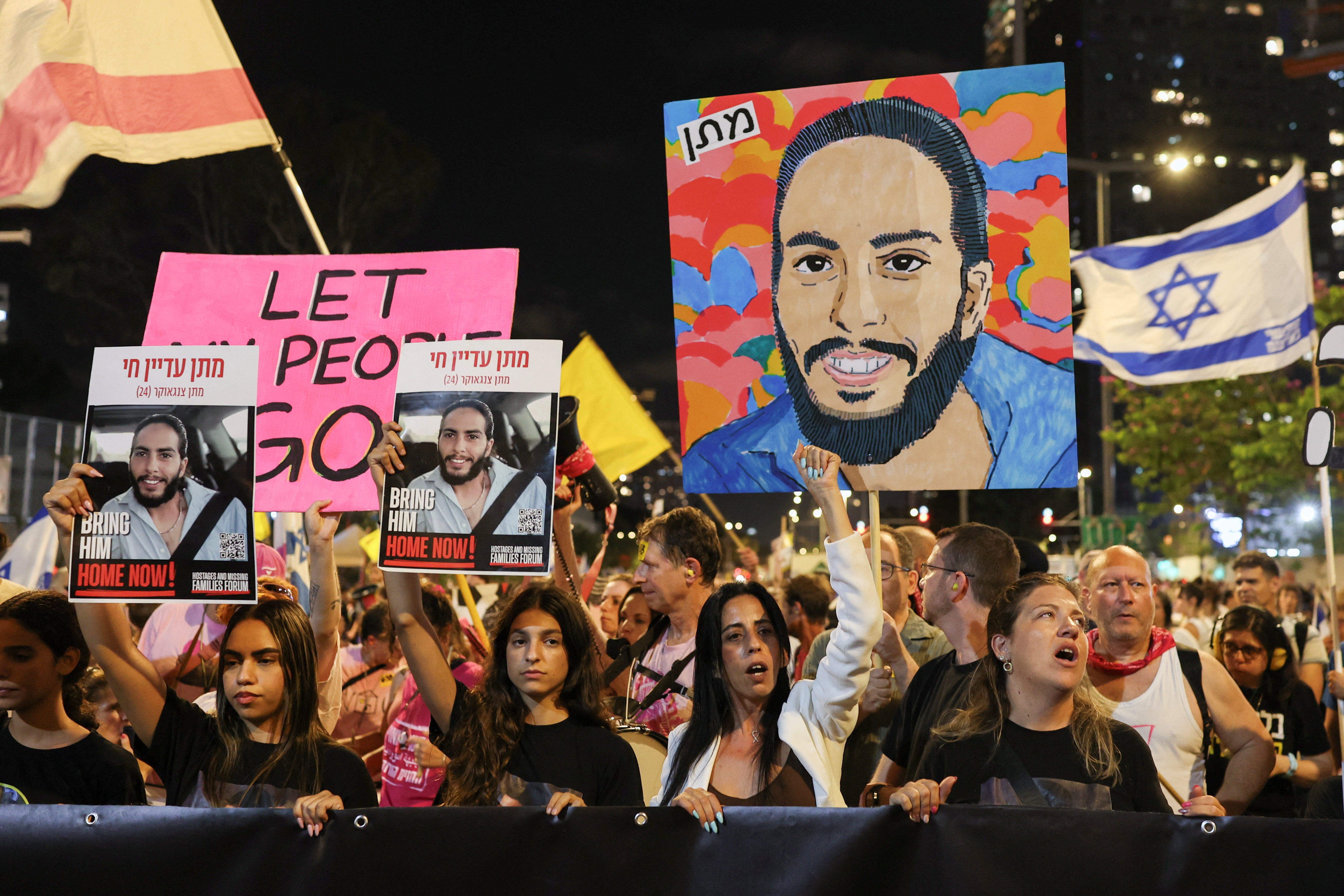
There does, however, appear to be some movement.
An official close to the mediators in Doha told me that US guarantees that this deal would lead to a permanent ceasefire are a first and a key change that may help assuage Hamas’s concerns. That official, who asked to remain anonymous as they are not permitted to speak to the media, believes that with proper promises from Washington, Israel’s most powerful ally and primary arms provider, Hamas might remain at the table.
A different official, briefed on Israel’s position, who also asked for anonymity, told me that added to this there is more “flexibility” from Netanyahu to discuss an end to the war. Netanyahu has faced fierce pressure from the extreme-right members of his fragile, razor-thin coalition not to enter into any truce. Israel’s far-right Finance Minister Bezalel Smotrich has called any deal a “surrender” and threatened to exit the coalition — a move that would likely collapse the government.
However, the Israeli prime minister is in a stronger position domestically after Israel’s recent intense bombardment of Iran, which took out much of the military leadership and caused “extensive” damage to Iran’s nuclear facilities. That came on the heels of Israeli airstrikes in Lebanon that decimated the Iran-backed militant group Hezbollah — another of Israel’s regional foes.
“There’s a different kind of atmosphere altogether after Iran,” that official told me. “Netanyahu is in a mindset to go for a deal.” Netanyahu reputedly hopes to use a Gaza ceasefire as a launching point to expand the Abraham Accords — the 2020 diplomatic normalisation agreements Israel signed with Bahrain and the UAE. The official added that Netanyahu hopes powerful regional players like Saudi Arabia may now be more inclined to sign on.
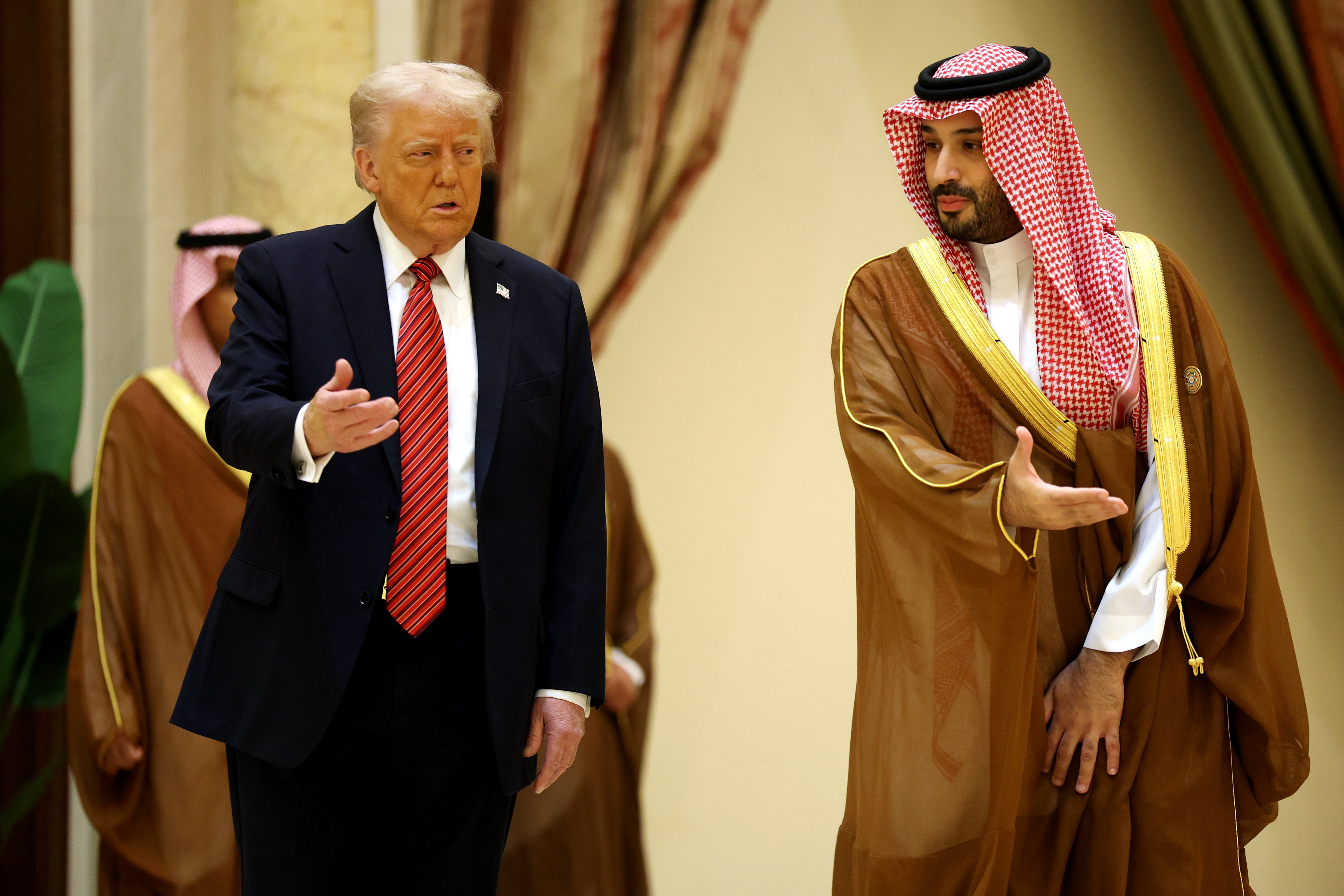
Meanwhile, Hamas’s position has undoubtedly been weakened. The militant group, which led the bloody 7 October 2023 attacks on southern Israel killing over 1,000 people and taking more than 250 people hostage, is under extreme pressure to end the war. It is struggling to survive: short on commanders, deprived of much of its tunnel network, grappling with rebellious local clans, enduring relentless Israeli bombardment, and now facing a decline in support from its most powerful ally, Iran.
The lack of a military response from Iran-backed groups in the region to Israel’s strikes on Iran — whether due to strategic restraint or lack of capability — has cast a long shadow over Hamas’s strategic position.
Hamas officials told me they still have firm red lines, including the unfettered delivery of aid to Gaza, which they insist should not be routed through Israel’s controversial aid mechanism run by a US-based company called the Gaza Humanitarian Foundation. They also want the complete withdrawal of Israeli troops from the territory and an end to the war.
And so that leads us to the potential obstacles.
Before Netanyahu left Israel, he said that Hamas had proposed changes to the US proposal which were “unacceptable to Israel.”
A source familiar with the matter told me one of the main changes concerned delivery of aid: “Hamas does not want GHF there, they want a mechanism run by the United Nations and the Red Cross”.
Hamas also wants Israel to withdraw all its troops. Those briefed on Israel’s position have made clear that in particular Israel will not agree to withdraw from the strategic border between Gaza and Egypt — a nine-mile strip of land known as the Philadelphi Corridor.

In fact there are reportedly Israeli plans to connect it to a newly planned corridor around three miles deep into Gaza — named Morag after an Israeli settlement that used to exist before the “disengagement” from Gaza in 2005.
Hamas has also objected to US guarantees that this deal would herald an end to the conflict.
“The guarantees to end the war, the wording that comes from the American administration it is not apparently strong enough for Hamas,” the official added.
Perhaps the most contentious sticking point is who governs Gaza in the future. Israel insists it cannot include Hamas in any future administration of the territory. There are also questions about whether the occupied West Bank will be dragged into the negotiations.
In leaked reports of phone conversations between the US administration and Israeli officials — published in the Israeli press last month — Washington reportedly signalled it would be willing to acknowledge “limited Israeli sovereignty” in parts of the West Bank.
That has raised fears the US could effectively recognise Israel’s de facto annexation of territory Palestinians hope will form the basis of a future state — including Israeli settlements, which are widely considered illegal under international law.
There is still a long way to go until a deal can be signed, and a lot that could scupper any agreement. But for the first time in a while all sides are at the negotiating table, and that for now is a glimmer of hope for the civilians suffering slaughter and starvation.

 5 hours ago
6
5 hours ago
6
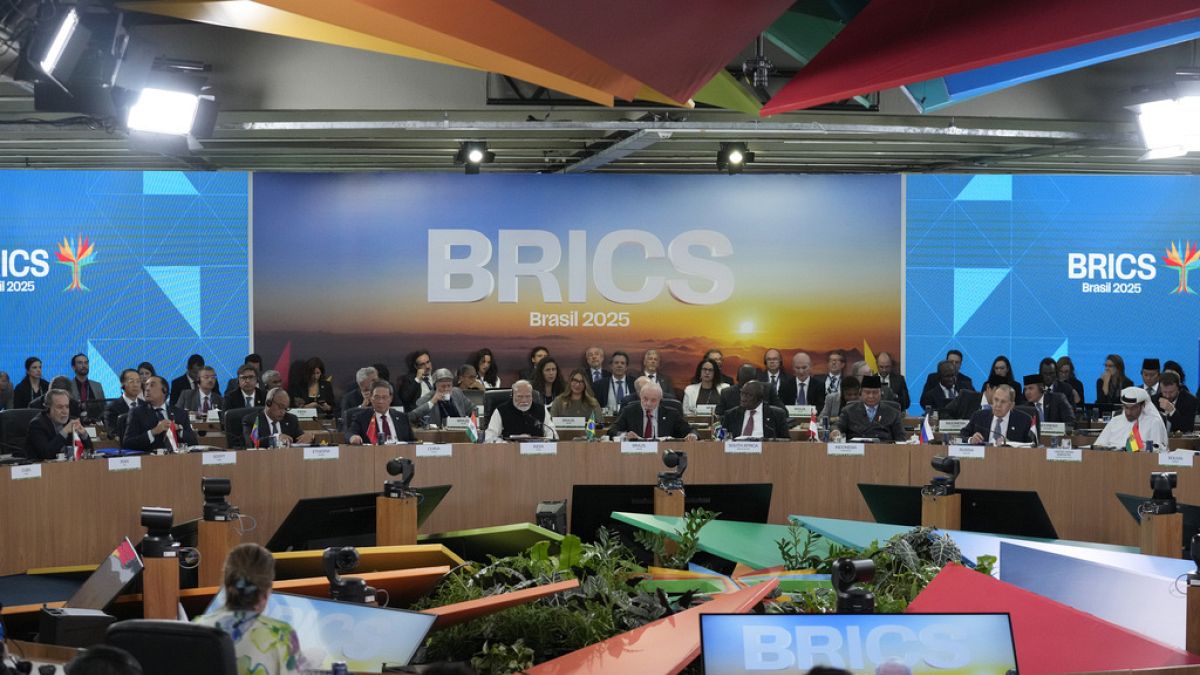
.jpg?trim=0,0,0,0&width=1200&height=800&crop=1200:800)
